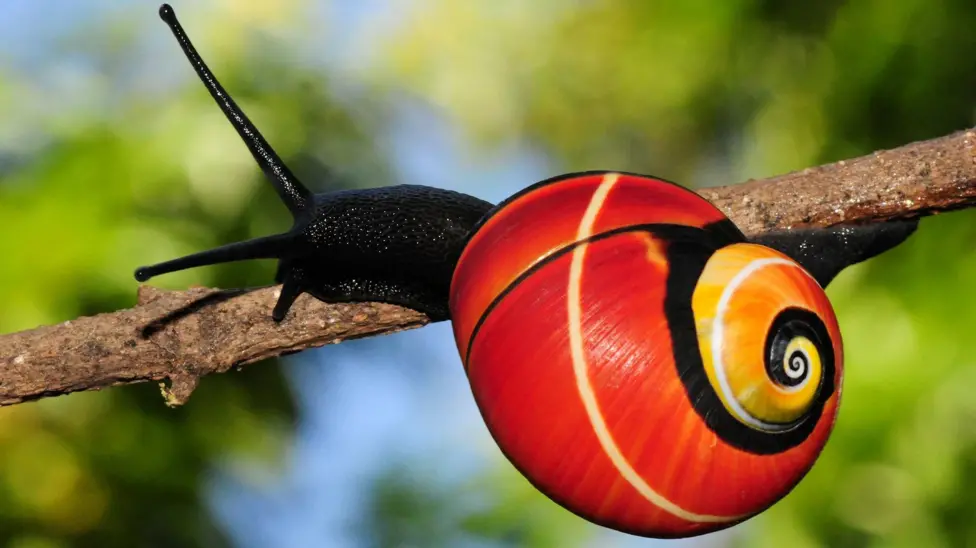In the lush forests of eastern Cuba lives one of the world’s most beautiful — and endangered — animals: the Polymita snail.
These tree snails are famous for their brightly coloured, spiral-patterned shells, which make them look like tiny works of art. But their beauty is also a threat to their survival. People collect and sell their shells to make jewellery and ornaments — and now, some species are close to extinction.
The six known species of Polymita are only found in a small part of eastern Cuba. Their unique colours — from fiery reds to lime greens and blues — have made them a target for illegal trade.
Although it’s against international law (under the CITES agreement) to take Polymita snails or their shells out of Cuba without a permit, enforcement is weak. Once outside the country, the shells can legally be sold — and some collectors pay as much as £160 for a small set.
According to Professor Angus Davison, a geneticist from the University of Nottingham, this trade is putting several Polymita species at serious risk.
“Their beauty attracts collectors,” he said. “But that beauty is the very reason they’re disappearing.”
To stop the extinction, researchers from Cuba and the UK have joined forces. Prof. Davison is working with Cuban scientist Prof. Bernardo Reyes-Tur, a conservation expert from the Universidad de Oriente in Santiago de Cuba.
Prof. Reyes-Tur is leading a breeding programme in his home, despite constant power outages and a tropical climate that makes the work difficult.
“They haven’t bred yet, but they are doing well,” he said during a video call.
At the same time, scientists in Nottingham are carrying out genetic research. They are studying the snails’ DNA to understand how they developed their colourful patterns — and to figure out exactly how many species exist.
By combining breeding efforts in Cuba with cutting-edge lab work in the UK, the team hopes to:
Prevent the extinction of Polymita snails
Learn how their shell colours evolved
Use this knowledge to improve conservation plans
Raise awareness about the illegal shell trade
One species, Polymita sulphurosa, is already considered critically endangered. With climate change and habitat loss also threatening Cuba’s forests, experts fear that continued shell collecting could cause more species to vanish.
Prof. Davison added: “Eastern Cuba is the only place these snails exist. If we lose them, they’re gone forever. That’s why this work is so urgent.”
These snails may be tiny, but their loss would be a huge blow to biodiversity. Scientists are racing to protect them — not just because they are beautiful, but because every species has a role to play in nature.
For now, the hope is that this international partnership can save one of nature’s rarest and most colorful wonders.



